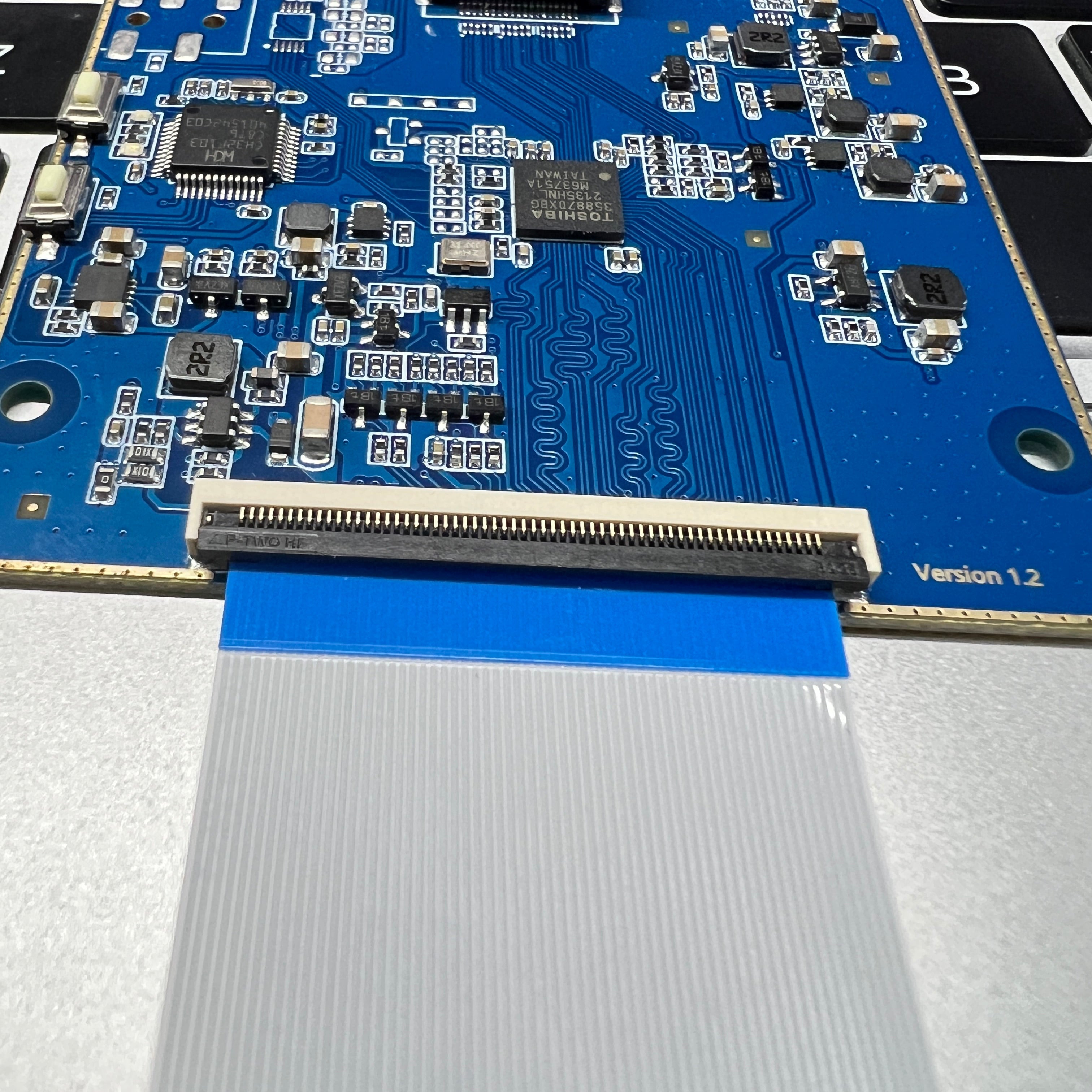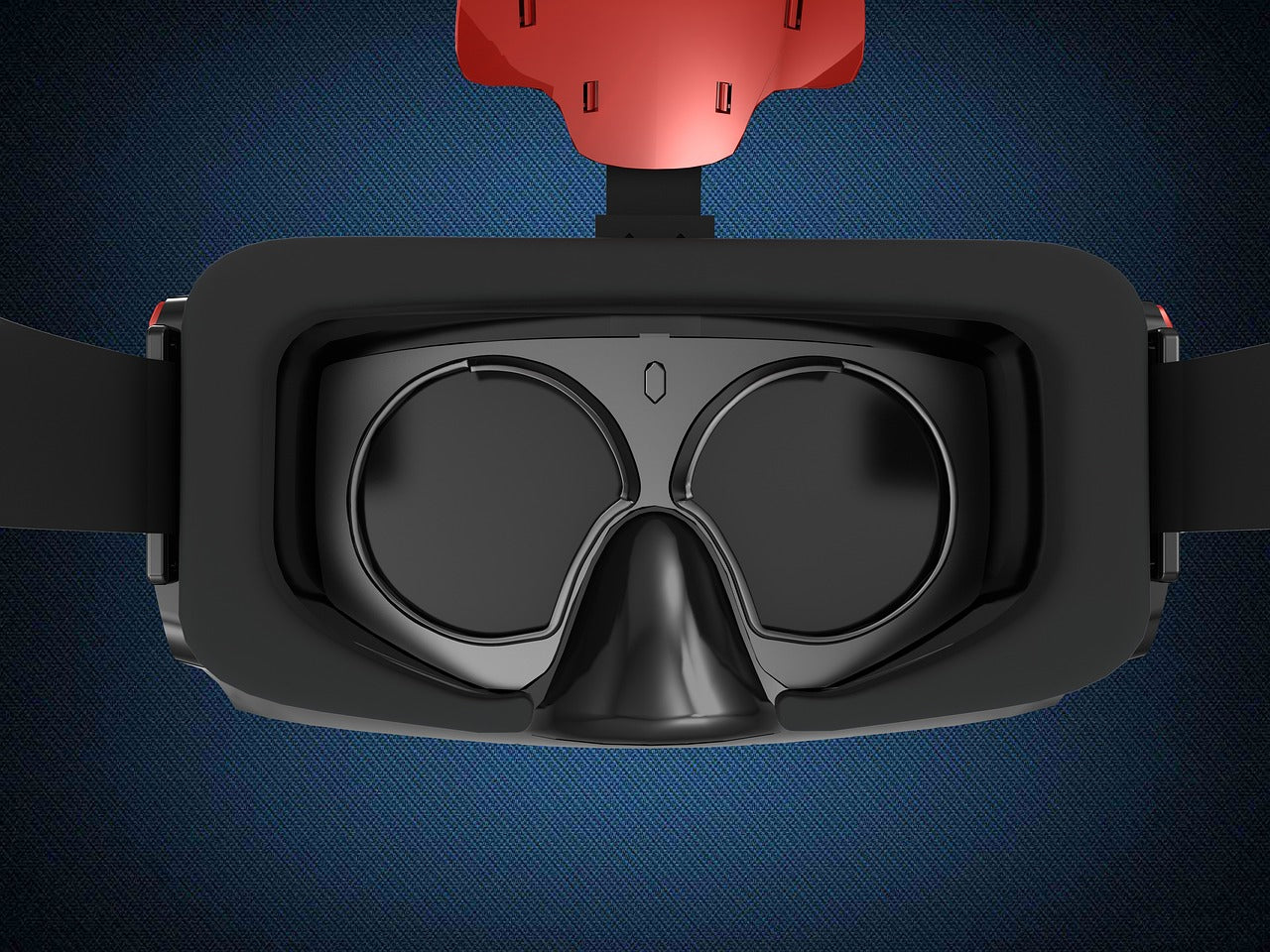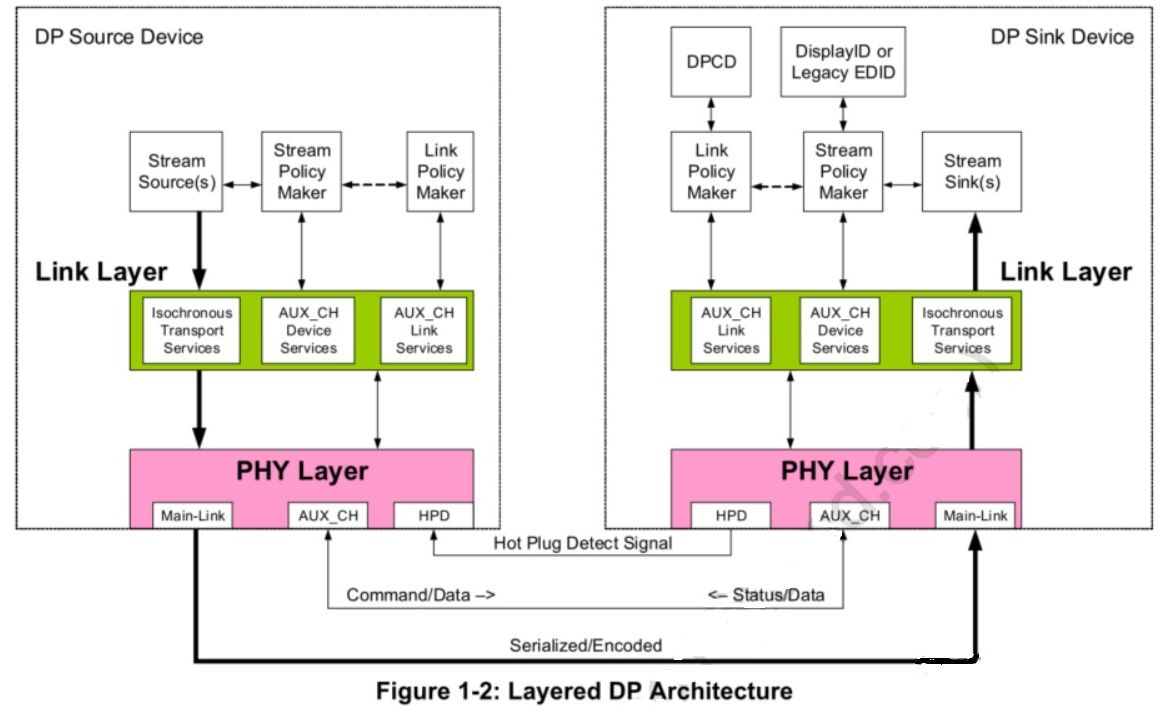DisplayPort (DP) protocol is a high-speed serial interface standard for digital audio and video transmission, developed by VESA (Video Electronics Standards Association) DisplayPort was originally designed as an alternative to DVI and VGA interfaces, providing higher bandwidth, higher resolution, and more functionality.
The DisplayPort protocol supports multiple resolutions, including 4K, 5K, and 8K, up to 144Hz refresh rates, and supports advanced display features such as HDR and gamut expansion. In addition, DP also supports multi-stream transmission technology, up to four video streams and one audio stream can be transmitted at the same time, which is convenient to operate multiple display devices at the same time.
In addition to this, the DisplayPort protocol also supports encrypted transmission, which is excellent for protecting the confidentiality of HD video and audio content through DP Input Protection (DPCP) and Digital Rights Management (HDCP) techniques.
Protocol type
There are several common types of DisplayPort protocol:
- Standard DisplayPort (DP): This is the original version of DisplayPort for a variety of devices, including TVS, monitors, laptops, desktops, and more.
- Small DisplayPort (MiniDP): This is a small version of DP that is smaller in size than DP and is mainly used to connect laptops and mobile devices.
- Ultra-small DisplayPort (MicroDP): This is the smallest version of DP, once again reduced in size and mainly used to connect small devices such as mobile devices and tablets.
- DisplayPort++ (DP++): The DP++ interface is an all-in-one interface that can be converted to other interfaces such as HDMI, DVLVGA, etc. 5.Thunderbolt: Thunderbolt interface is an interface that supports high-speed data transmission and video output. It combines DP interface with PCIe bus, supports 4K resolution video output, supports high-speed data transmission and supports daisy chaining (data concatenation). 6.USB Type-C: USB type-interface is a kind of interface used to connect the computer and accessories. It also supports a variety of protocols and features, including the DisplayPort protocol, which enables high-speed data transfer and video output.
Protocol standard
The DisplayPort protocol is a standard for digital audio and video transmission developed by the Video Electronics Standards Association (VESA). Here are some common criteria for the DisplayPort protocol:
- Physical layer standards: including interface connector, transmission rate, code rate and power consumption and other provisions.
- Data link layer standards: including data packet format, multi-stream transmission, error correction and encrypted transmission and other provisions
- Application layer standards: include audio/video format, resolution, refresh rate, color depth, HDR, etc
- Additional standards: including DP++ function, USB data transfer, wired radar transfer and other provisions in addition, DisplayPort protocol has version provisions, the latest version is DisplavPort version 1.4. Version 1.4 brings significant speed and bandwidth improvements with support for HDR10 and HDR10+, as well as lossless audio transmission with up to 32 channels.
Protocol interface
The DisplayPort protocol interface is a digital audio and video transmission interface used to connect a computer to a monitor. There are several types of DisplayPort interfaces:
- DP standard interface: DP standard interface is divided into three types: DP, Mini DP and Micro DP, which are mainly used to connect devices such as computers, laptops and monitors.
- DP++ interface: The DP++ interface is an all-in-one interface that can be converted to HDMI, VGA, or DVI interface through an adapter to facilitate the connection of different types of displays.
- Thunderbolt interface: Thunderbolt interface is a high-speed data transmission interface developed by Apple, which integrates DisplayPort interface and PCle bus to support audio, video and data transmission at the same time.
- USB Type-C interface: The USB Type-C interface can support a variety of protocols and functions, including the DisplayPort protocol, which can realize video output and data transmission.
- Wireless DisplayPort (WDP) interface: WDP is a wireless extension of the DP protocol that can transport audio and video over a Wi-Fi network. DP interface adopts high-speed serial transmission technology in physical structure, and supports functions such as high resolution, high color depth and high refresh rate. Therefore, it has been widely used in the field of computer display.
Principle of operation
DisplayPort protocol is a digital audio and video transport protocol, which has the characteristics of high bandwidth, no compression and low latency. It works as follows:
- Physical layer transmission: differential transmission technology is used to convert audio and video signals into multiple data streams for transmission over high-speed differential transmission lines. The transmission rate is up to 32.4Gbit/s, which can support 4K resolution display and audio signal transmission
- Data link layer protocol: supports both single data flow transmission and multiple data flow transmission at the same time. Multiple data flows can be transmitted simultaneously without affecting each other by sharing a physical channel and allocating data bandwidth with appropriate time-sharing and scheduling techniques.
- Application layer capabilities: The protocol supports a variety of video and audio formats, including up to 8K resolution and HDR capabilities, so it can meet various HD video playback requirements. In addition, it supports encrypted transmission technology to protect the security of digital content.Simply put, DisplayPort protocol through the physical layer transmission, data link layer protocol and application layer functions and other mechanisms, to achieve high-speed, high-definition, multi-stream transmission of digital audio and video signals, has become an important standard in the field of digital audio and video transmission
Read more

MIPI DSI, a serial interface by MIPI Alliance, connects SoCs to displays in smartphones/tablets. It uses 1-4 data lanes (1.5Gbps/lane), maxing at 6Gbps total, slashing pin count while transmitting ...

In the world of virtual and augmented reality, developers are constantly seeking new ways to create immersive and engaging experiences for users. With the advent of XR (Extended Reality) technol...



1 comment
I got to your site by googling “4k display port over 10’”
This is literally what I need. I’ve got to run a UHD 144HZ monitor about 15’. Is it possible? Do I need Wi-Fi dp? Will it even work at that size and speed?
Matthew marks
Leave a comment
This site is protected by hCaptcha and the hCaptcha Privacy Policy and Terms of Service apply.